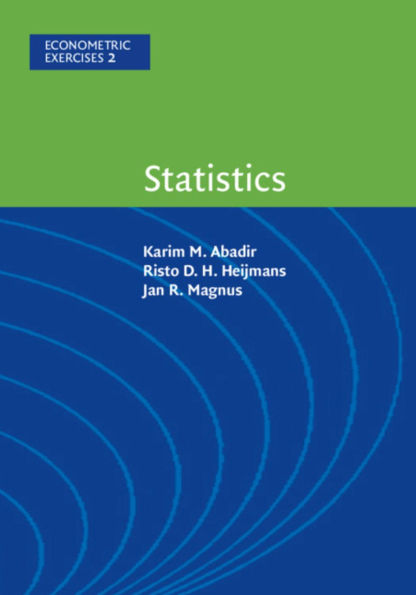Building on the success of Abadir and Magnus' Matrix Algebra in the Econometric Exercises Series, Statistics serves as a bridge between elementary and specialized statistics. Professors Abadir, Heijmans, and Magnus freely use matrix algebra to cover intermediate to advanced material. Each chapter contains a general introduction, followed by a series of connected exercises which build up knowledge systematically. The characteristic feature of the book (and indeed the series) is that all exercises are fully solved. The authors present many new proofs of established results, along with new results, often involving shortcuts that resort to statistical conditioning arguments.
1133654392
Statistics
Building on the success of Abadir and Magnus' Matrix Algebra in the Econometric Exercises Series, Statistics serves as a bridge between elementary and specialized statistics. Professors Abadir, Heijmans, and Magnus freely use matrix algebra to cover intermediate to advanced material. Each chapter contains a general introduction, followed by a series of connected exercises which build up knowledge systematically. The characteristic feature of the book (and indeed the series) is that all exercises are fully solved. The authors present many new proofs of established results, along with new results, often involving shortcuts that resort to statistical conditioning arguments.
65.0
In Stock
5
1

Statistics
786
Statistics
786
65.0
In Stock

Product Details
| ISBN-13: | 9780521537452 |
|---|---|
| Publisher: | Cambridge University Press |
| Publication date: | 11/08/2018 |
| Series: | Econometric Exercises , #2 |
| Pages: | 786 |
| Product dimensions: | 6.89(w) x 9.72(h) x 1.34(d) |
About the Author
From the B&N Reads Blog
